Built in the 19th century, Ngoc Son Temple is a historical and religious construction located in an island of Hoan Kiem Lake, one of the most beautiful lakes of Hanoi …
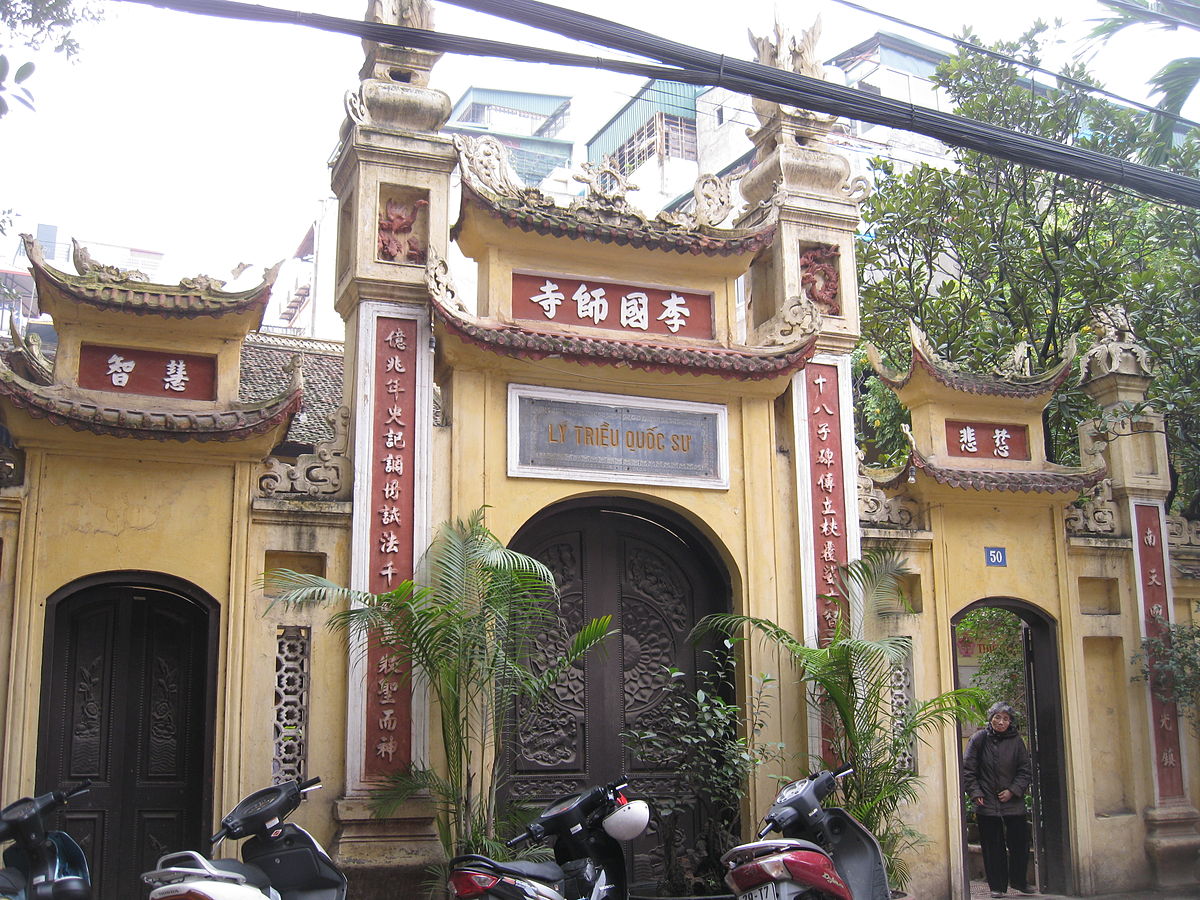
Location: Ly Quoc Su Pagoda is at 50 Ly Quoc Su Street, Hoan Kiem District, Hanoi.
Characteristic: Ly Quoc Su Pagoda worships a Buddhist Monk of the Ly Dynasty (the 10th – 12th centuries). This Monk, whose full name was Nguyen Chi Thanh, was born on 1066 in Dien Xa Village, Gia Vien District in Ninh Binh Province in the reign of King Ly Thanh Tong.
In 1077, at the age of 11, Nguyen Chi Thanh began practicing for the Buddhist monkhood and was taught by Tu Dao Hanh, a well-known monk. As the legend says, Monk Tu Dao Hanh was erudite in Buddhism and excellent in healing. He admired and respected Nguyen Chi Thanh’s talent and virtue. In 1138, in his seventies, Monk Nguyen Chi Thanh cured King Ly Than Tong of a disease that many famous doctors had failed to do. For his respectful virtue and talent, he was given the title Ly Quoc Su by the King, which meant Great Monk and Merit Teacher of the nation.
The King provided Ly Quoc Su with a serene residential quarter, which was situated next to Bao Thien Pagoda in the centre of Thang Long Capital, on a side of Luc Thuy Lake (Hoan Kiem Lake of today). This pagoda had a 12-storey tower. Apart from preaching Buddhist sutra for the monks and nuns, Ly Quoc Su taught medicine, prescription of medicines and demotic scripts to many people in the temple and surrounding areas. Skilled in bronze casting, Ly Quoc Su also trained many bronze casting craftsmen.
That is why when he died at the age of 75 at Giao Thuy Pagoda in Nam Dinh in 1141, King Ly Anh Tong (holding power from 1138 to 1175) had a temple erected right on the ground of the residential quarter where Ly Quoc Su had lived. Throughout the country there are many pagodas worshipping both Buddha and Ly Quoc Su, who is considered the Saint of the bronze casting craft, such as Giao Thuy Pagoda in Nam Dinh and Keo Pagoda in Thai Binh.
Ly Quoc Su Pagoda was rehabilitated and redecorated many times with the biggest restoration being made in 1954. The cultural and historical treasure of this temple still remains Ly Quoc Su’s statue, Buddha statues and statues of Monk Tu Dao Hanh and his mother and Monk Giac Hai. There is also the precious bell of Tu Chung, cast in the 19th century and a stone stele with inscriptions made in 1855 by Le Dinh Duyen, a famous man. The name of Ly Quoc Su was given to a 244 metre-long street running from Hang Bong to Nha Tho streets.
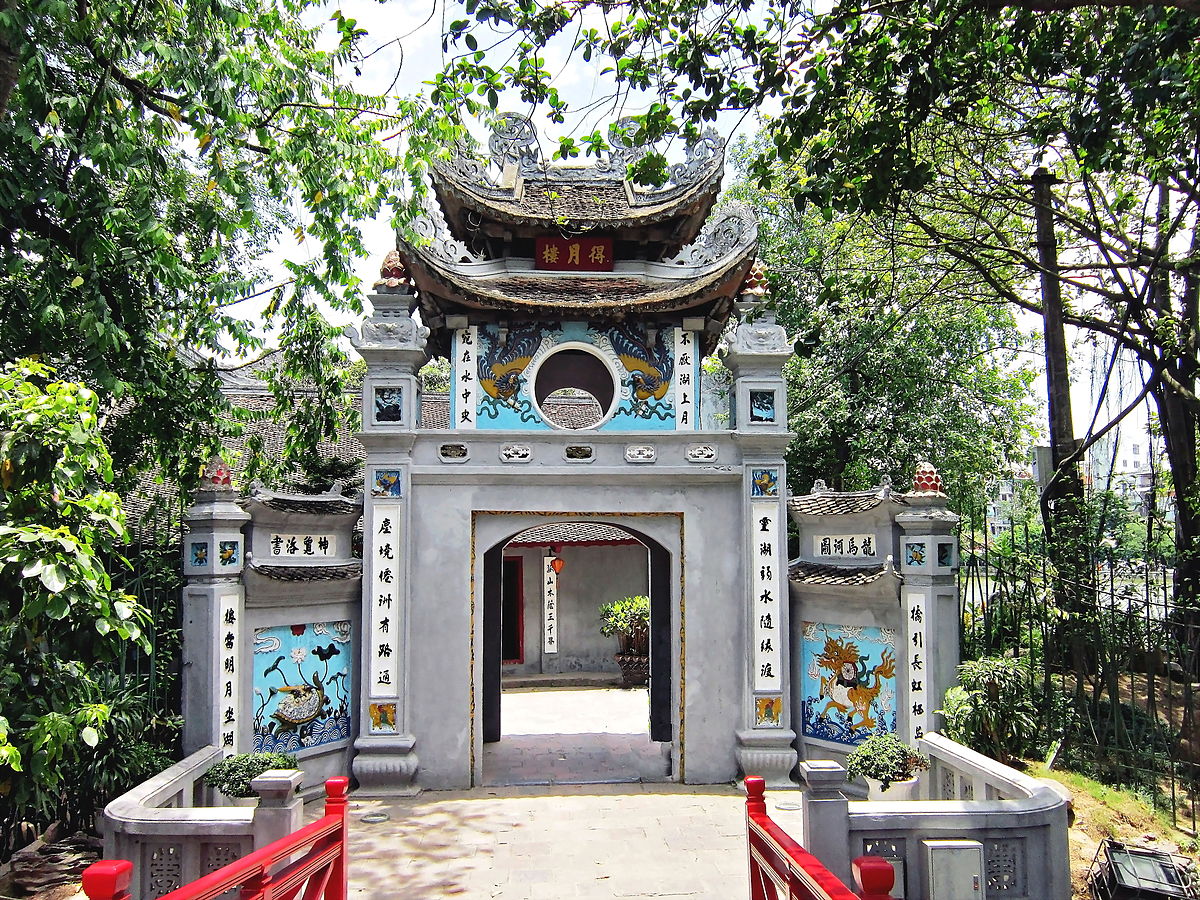
Built in the 19th century, Ngoc Son Temple is a historical and religious construction located in an island of Hoan Kiem Lake, one of the most beautiful lakes of Hanoi …
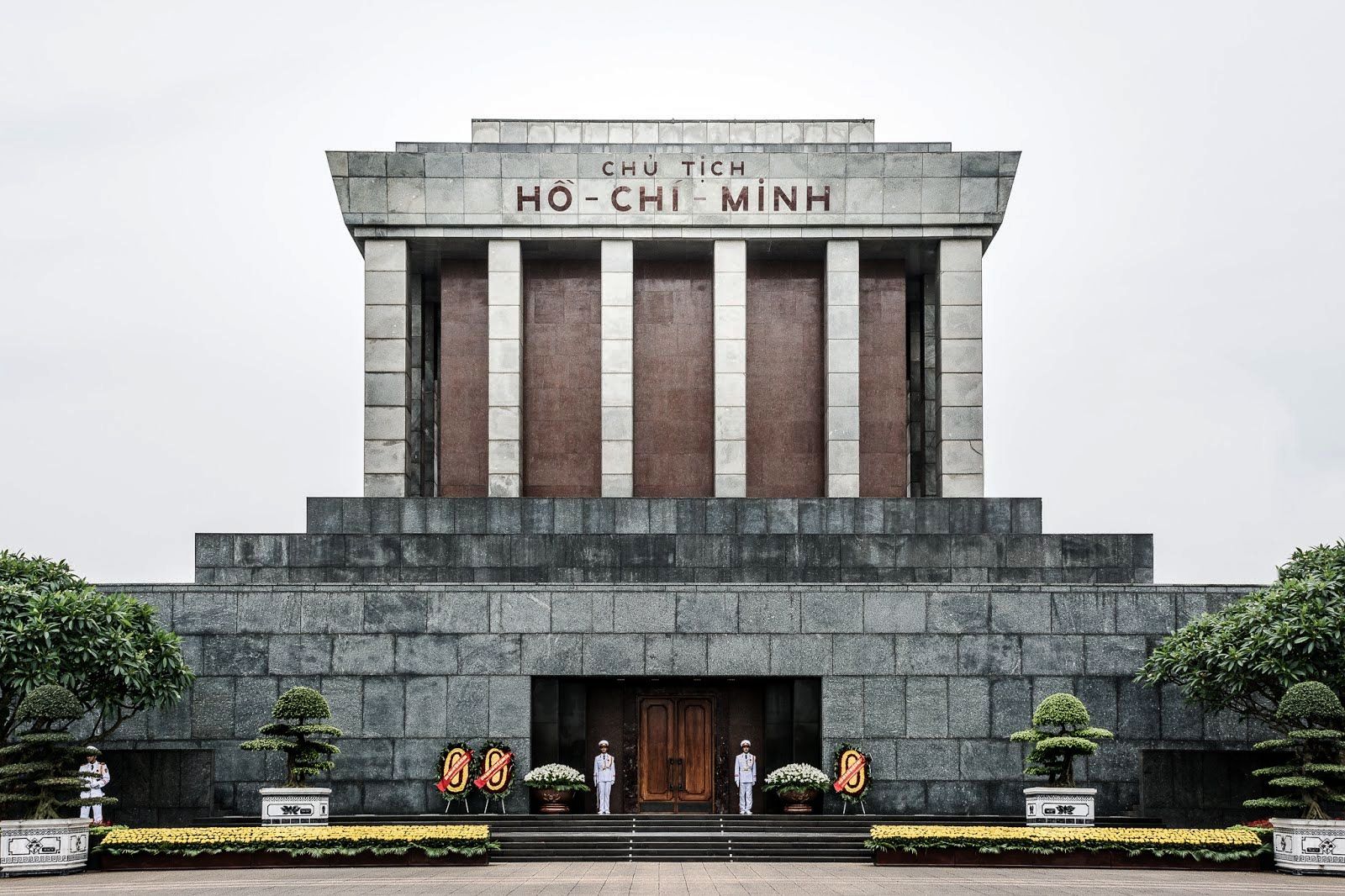
Started constructing in September 1973, the President Ho Chi Minh’s Mausoleum was built on the foundations of the old rostrum in Ba Dinh Square where President Ho Chi Minh used …
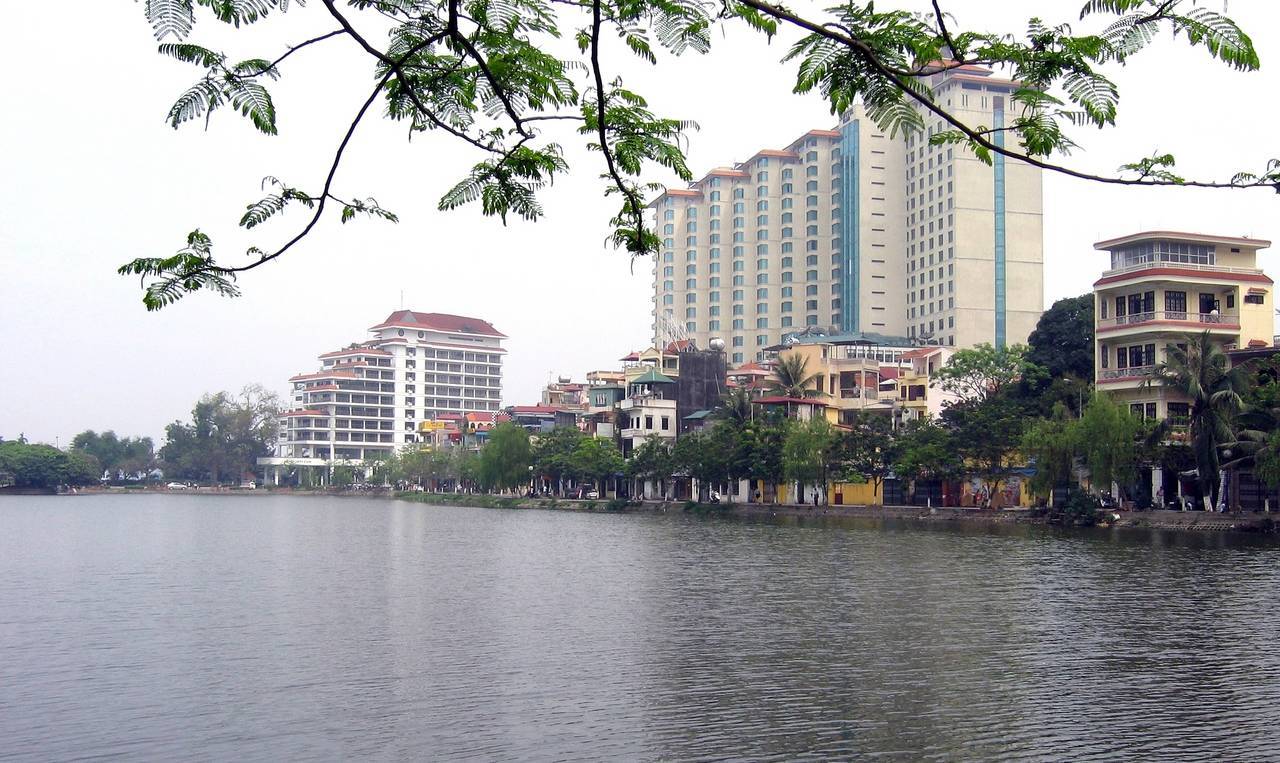
Located next to the West Lake area, Truc Bach is currently well-known one of the most famous tourist destinations in Hanoi. The name “Truc Bach” means small creamy white bamboo. …
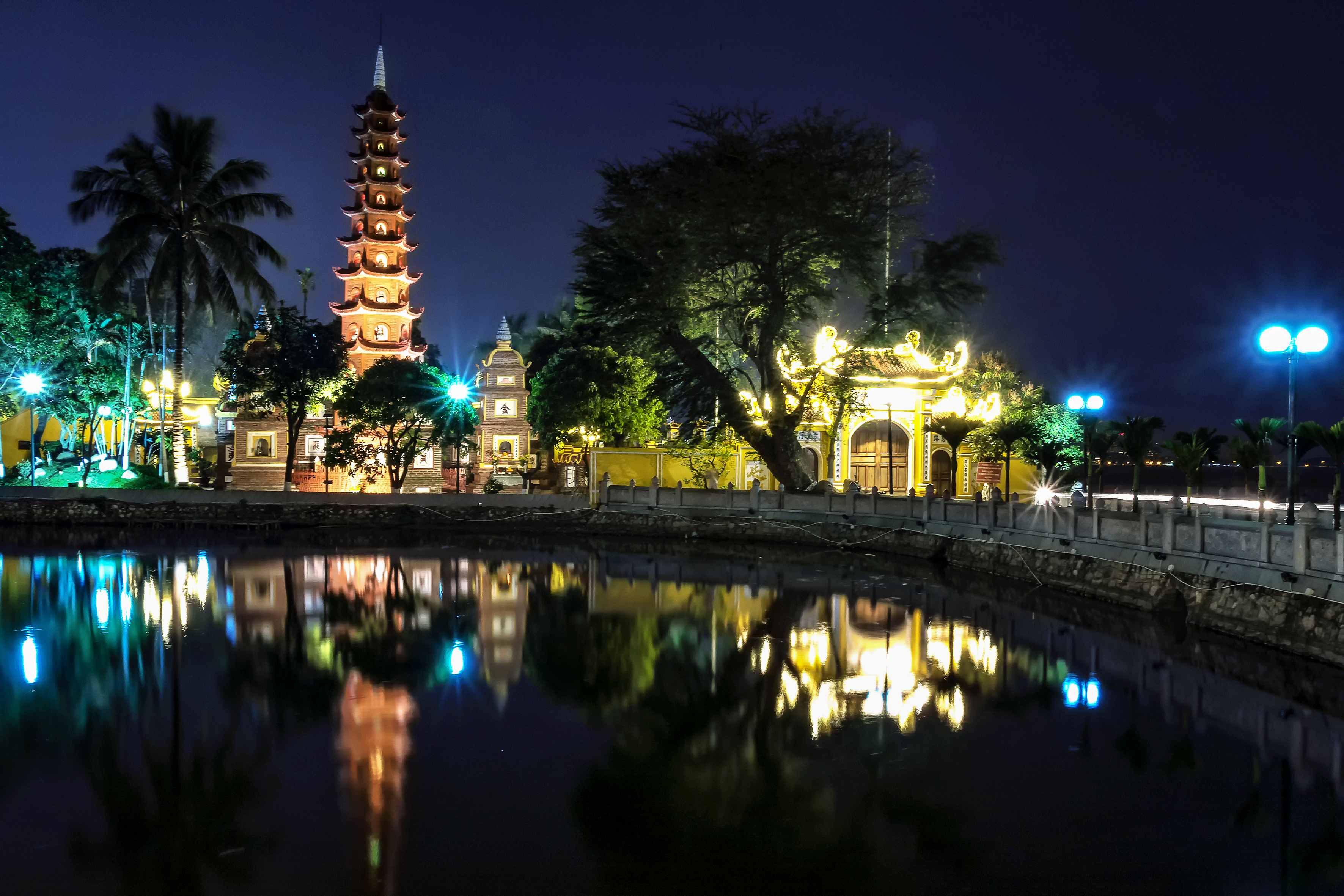
Positioned on the bank of the West Lake in Hanoi, Tran Quoc Pagoda is well-known not only the oldest pagoda in Hanoi but also a symbol of Vietnam Buddhism culture. …
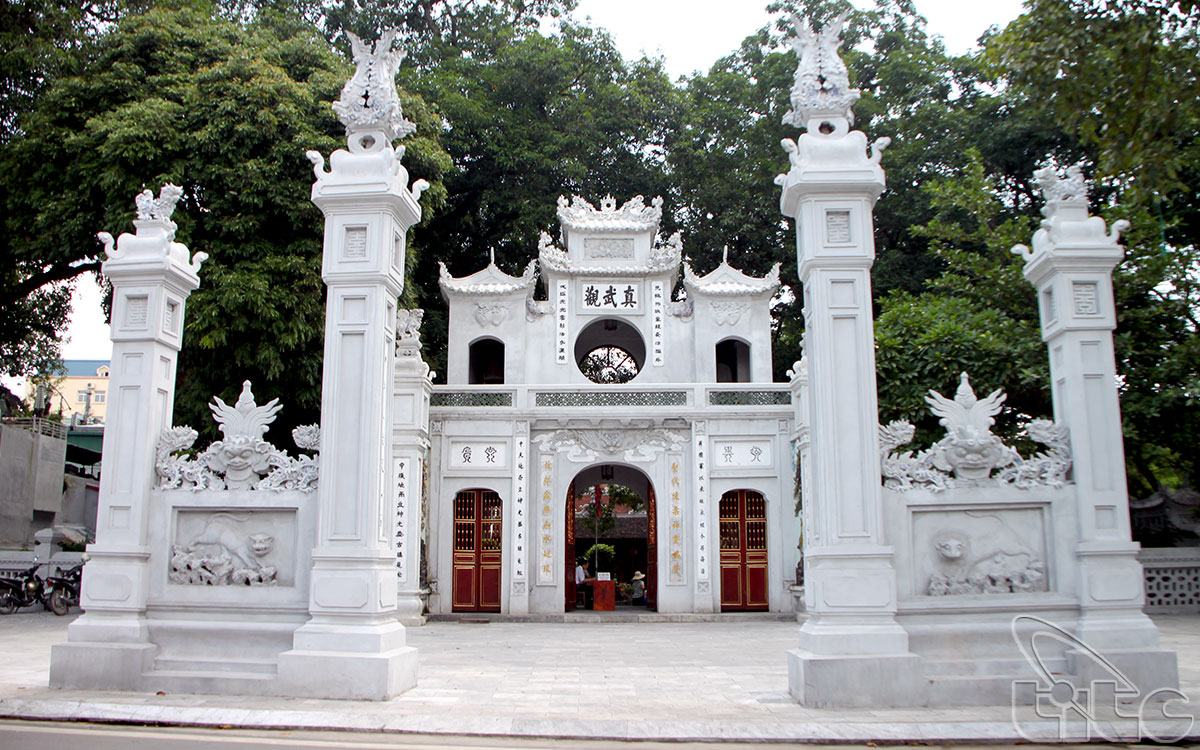
Built in the age of the dynasty of King Ly Thai To (1010 – 1028), Quan Thanh Temple is famous as a vital historical and cultural relic, which is located …
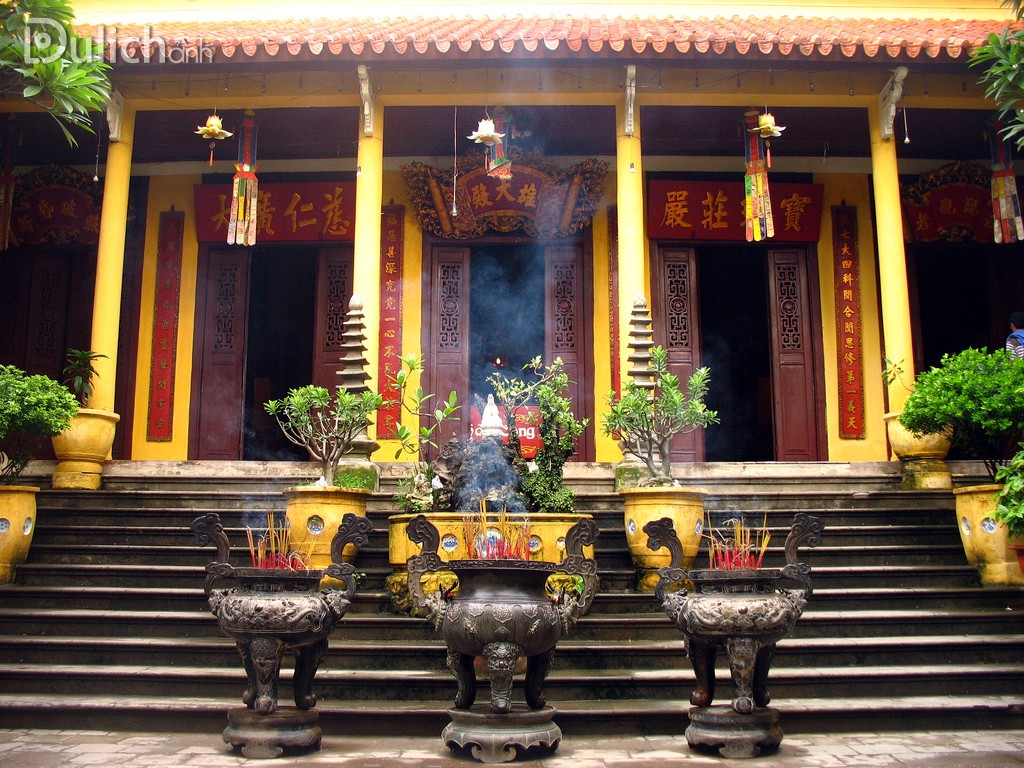
Location: Quan Su Pagoda (or the Ambassadors’ Pagoda) is at 73 Quan Su Street, Hoan Kiem District, Hanoi. Characteristic: Quán Sứ Pagoda was originally built in the Le Dynasty in …
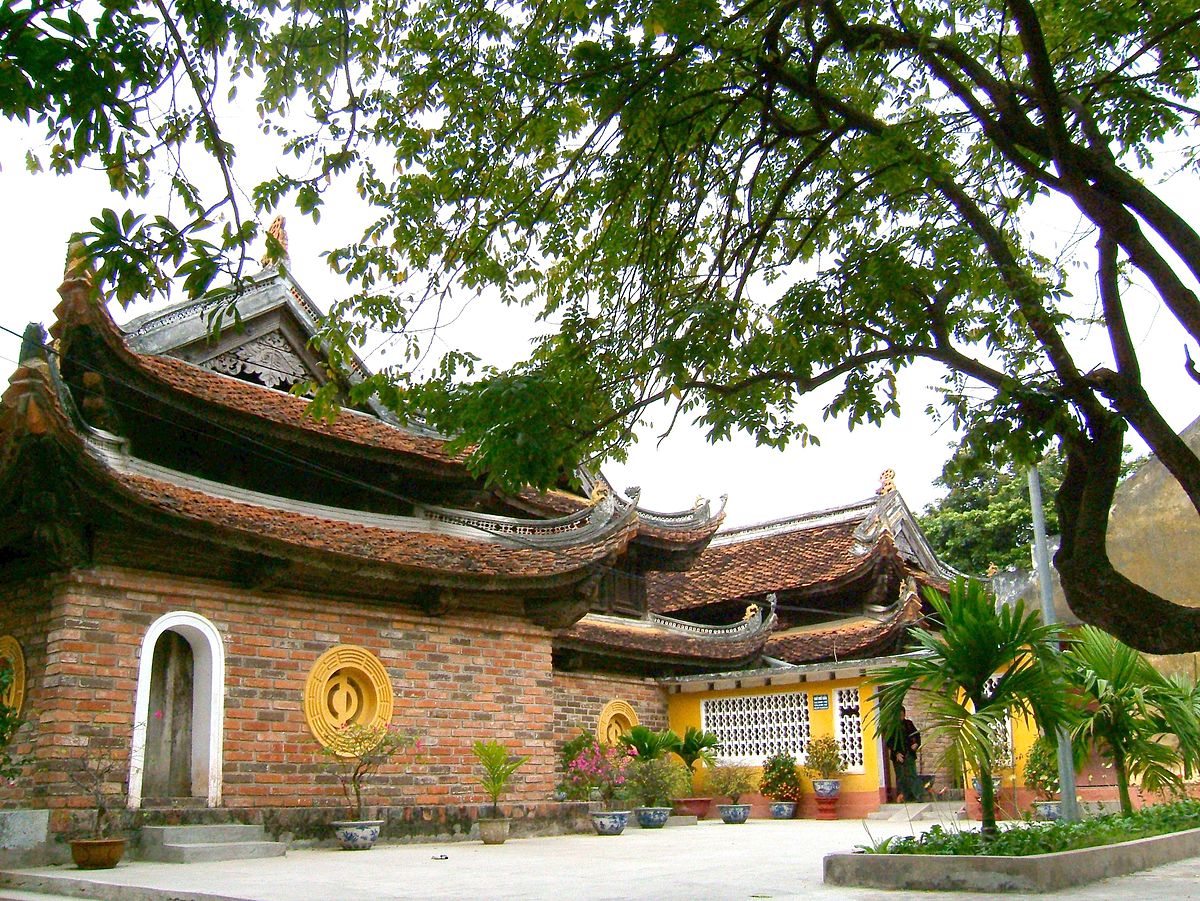
Kim Lien Pagoda has the real Vietnamese name called Đại Bi Tự, which is situated in Quang An Village, Tay Ho District, Hanoi. Built on the Nghi Tam Peninsula on …
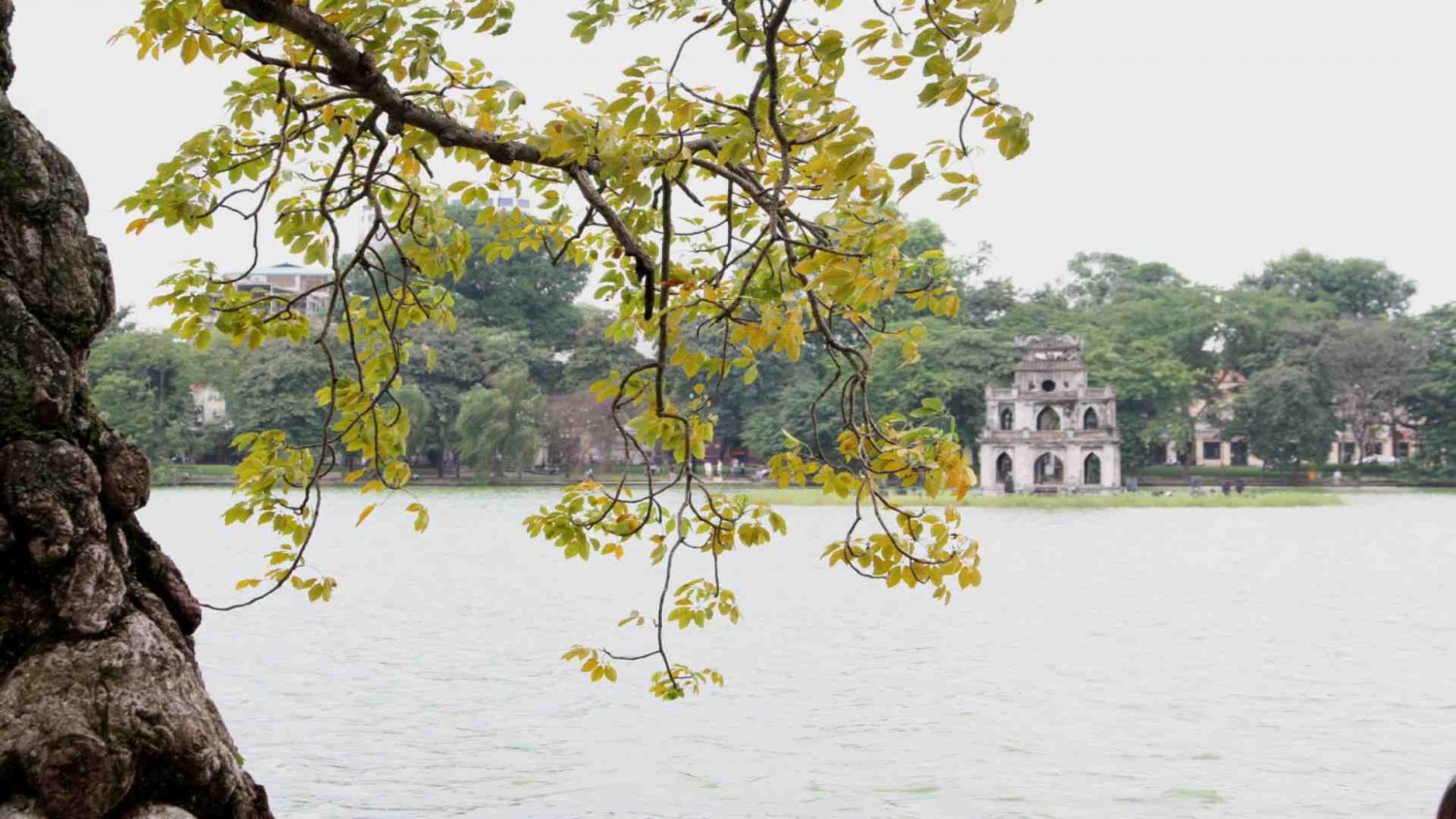
Location : At city center, bordered by Tran Nhat Duat and Phung Hung sts, Hoan Kiem District Located in the heart of Hanoi capital, Hoan Kiem Lake becomes a most …
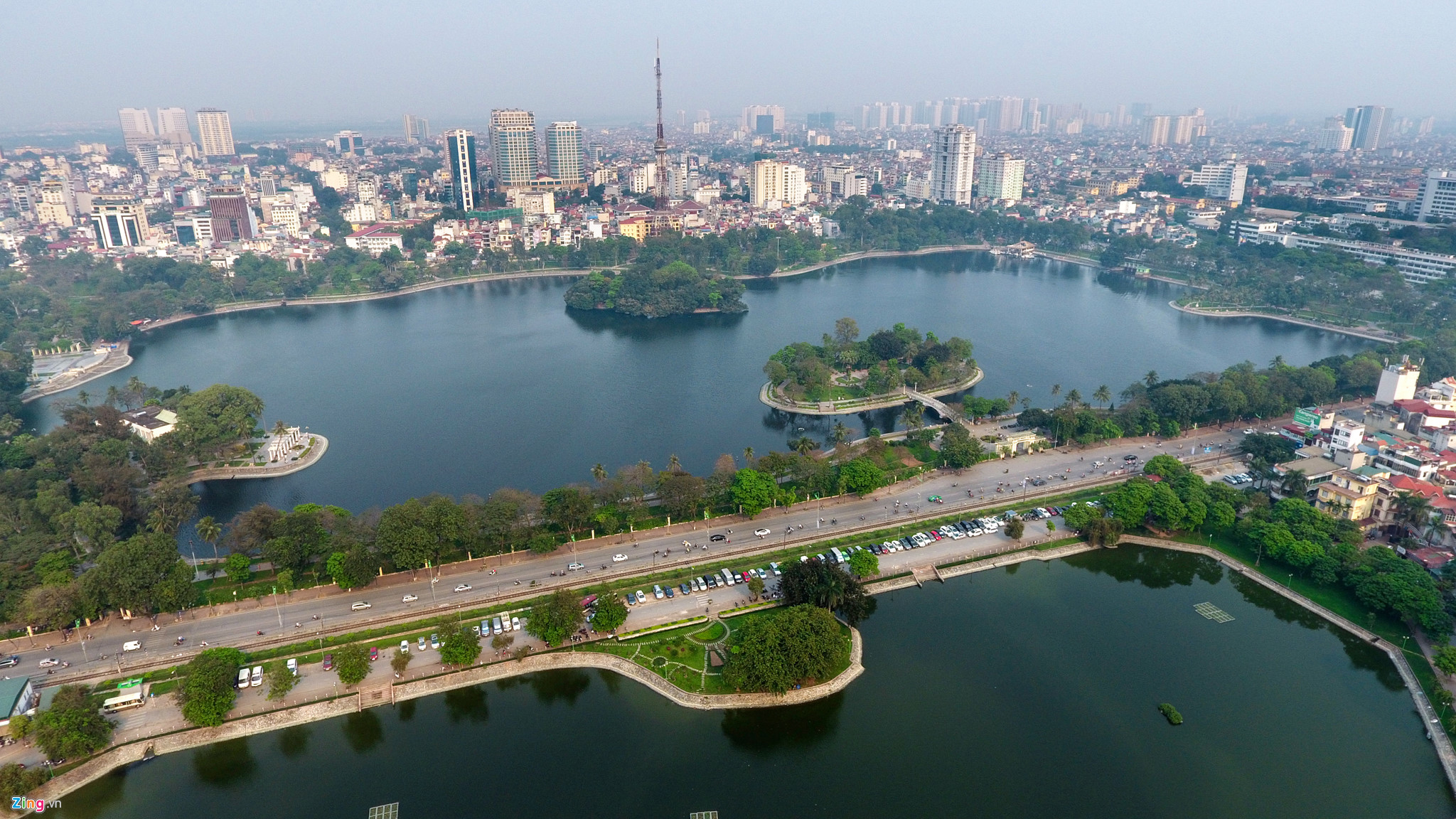
Located on the northwest side of Hanoi, Ho Tay or West Lake is one of the largest lakes in the capital. Ho Tay was originally a branch of Red River …

